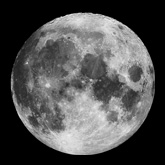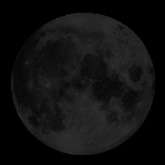Every night I look up into the sky to see if there are stars. Have the clouds covered them up for me to see another night? It is so nice to sit on the beach at Tsunami and Costa Maya, look up and see the sky so clearly, like last night. We sat and enjoyed the view. The best star gazing is when you go out to the reef or to the North side of Caye Caulker, where you are a away from the lights of the island. Try Tsunami Adventures, Night Snorkeling or Croc Cruise and Star Gazing Tour.
Here is some information from www.stargate.org it is a great website and full of information. Here is some tips for this week.
Stargazing Information
With summer’s luminaries dropping from view, a new season opens in the evening sky. Pegasus slides into view in the east shortly after nightfall, marked by the Great Square. The constellations that form the “celestial sea” — Capricornus, Aquarius, Pisces, and others with a watery theme — flow across the south. And four of the five planets visible to the unaided eye put in good showings this month, with a sixth planet, giant Uranus, worth a look through binoculars.
This Week’s Stargazing Tips
October 21, 2011
Moon and star icon The Moon cozies up to Regulus, the brightest star of Leo, in the wee hours of tomorrow morning. They are high in the east at first light, with Regulus to the left of the Moon. The orange planet Mars stands a little above them.
October 22, 2011
Sparkle icon The globular cluster M15 is high in the southern sky at nightfall. Through binoculars, it looks like a fuzzy star. It’s actually a globe-shaped family of several hundred thousand stars that may contain a large black hole at its center.
October 23, 2011
Star icon Pisces, the fishes, which is one of the constellations of the zodiac, is in the eastern sky after nightfall. It is faint, though, so you need a dark sky to see it.
October 24, 2011
Star icon The constellation Andromeda’s main figure is two streamers of stars that form a long, skinny V. It is high in the east and northeast at nightfall, and climbs directly overhead by midnight.
October 25, 2011
Galaxy icon M31, a giant galaxy in the constellation Andromeda, stands high in the east-northeast at nightfall. It looks like a skinny smudge of light that’s wider than the Moon. That smudge is the combined glow of hundreds of billions of stars.
October 26, 2011
Galaxy icon New Moon occurs at 2:56 p.m. CDT today, when the Moon crosses the imaginary line between Earth and the Sun and is lost in the Sun’s glare. It may be just visible as a bare crescent tomorrow evening.
October 27, 2011
Jupiter icon The planet Jupiter is putting in its best appearance of the year. It rises around sunset and is in the sky all night. It’s brightest for the year, too, far outshining all the true stars in the night sky. Look for it low in the east as night falls and arcing high across the south later on.
This is very bright and seen from Costa Maya Beach Cabanas.










